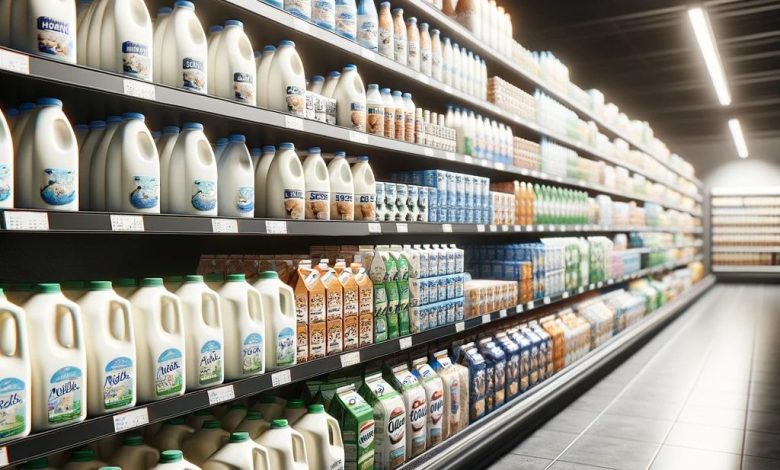Why is milk always stored in the back of a grocery store?

Have you ever wondered why, during almost every grocery trip, you find yourself trekking to the furthest corner of the store just to grab a gallon of milk? This isn’t by chance—it’s a deliberately crafted strategy employed by retailers.
ADVERTISEMENT
Understanding Consumer Behavior and Store Layout
ADVERTISEMENT
Firstly, milk is a fundamental item that most shoppers intend to purchase regularly. By positioning it at the back of the store, retailers ensure that customers must traverse through various aisles, increasing the likelihood of impulse purchases. Additionally, placing perishable products like milk at the back helps in maintaining an optimal cold chain, minimizing the time these items spend outside refrigerated environments during restocking.
ADVERTISEMENT
Moreover, grocery stores are meticulously designed to guide customer traffic flow. Placing essential items such as milk strategically influences the path customers take through the store, exposing them to a wider array of products.
Economic Strategy and Marketing Tactics
Another crucial aspect is the economic strategy behind this placement. By employing the ‘Boomerang Effect’, where essential items are spaced apart, stores compel customers to navigate through the entire store, increasing the chances of additional purchases. Furthermore, arranging milk and other dairy products in specific locations allows retailers to create thematic zones, enticing customers to pick up complementary items.
These strategies aren’t arbitrary; they’re based on thorough market research, which helps retailers understand consumer shopping habits and preferences. By leveraging this data, stores optimize their layout to maximize profits while enhancing the overall shopping experience.
Psychological Influences
The placement of milk also capitalizes on psychological factors. People are creatures of habit, and a consistent store layout enhances their comfort and familiarity. Placing milk in a predictable spot reduces confusion and ensures a smoother shopping experience.
Moreover, the positioning of milk at the back plays into the psychology of ‘just one more item’. As shoppers near the end of their shopping journey, they often feel a sense of accomplishment, making them more receptive to adding extra items to their cart before checking out.
In summary, the strategic placement of milk at the back of grocery stores is a calculated move aimed at maximizing sales and improving the overall shopping experience. What might seem like a simple trip for milk is actually a result of intricate marketing, psychology, and logistical planning, all working together to benefit both retailers and consumers.




